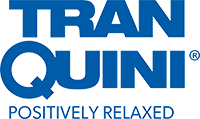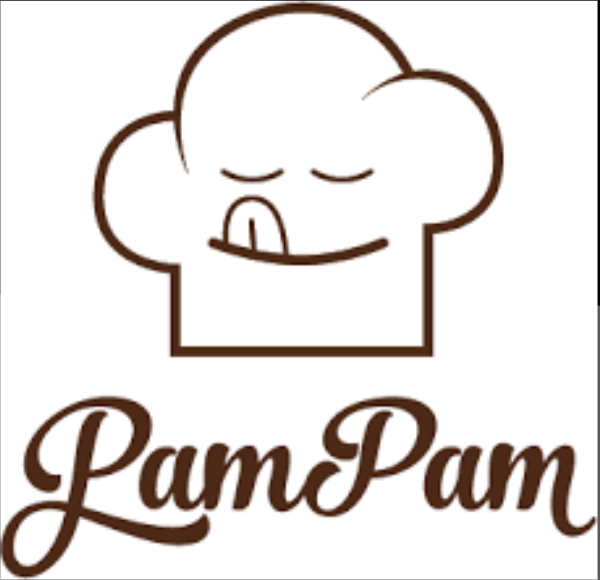Thailand is one of the most vibrant beverage markets in South East Asia. It marries tradition with innovation and boasts a diversity that caters to both local preferences and global influences. To navigate the dynamic Thailand beverage market landscape, recognizing the trends and focusing on differentiation will be key to seizing the exciting opportunities on offer.
We talked to local GourmetPro expert Rob Hall, CEO at Brand4Humans, who has spent decades supporting F&B brands to unlock opportunities in APAC. He highlights the major white space opportunities for beverages in the Thai market and shares his insights on expanding within it.
The Thailand beverage market is growing and full of opportunities
The Thailand beverage market saw a significant slowdown during the pandemic but is already bouncing back.
The Thai beverage market was estimated to be worth US$4.4 billion in 2022, according to Statista. It is projected to reach US$6.74 billion by 2025. In 2022, it was projected to grow by 2.8%, making it the second fastest-growing category among various FMCG categories.
Growth rate forecast of FMCG value in Thailand in 2022, by segment

The Thailand beverage market has a positive outlook for a number of reasons:
- As a hot, tropical country, convenient sources of hydration are popular. As the country opens up to tourism again, the demand for different types of beverage will grow.
- 42% of the population is under the age of 35, and young people tend to be more open to experimenting with new products.
- Modern retail trade is growing as the country becomes more urbanized, and this expands access to a greater variety of products. The trade was valued at THB2.7 trillion (US$77 billion) in 2021 and projected to grow by 3-5% during 2022-25, according to Krungsri Research.
- Health and wellness are becoming very important, driving better-for-you innovation within beverages. Low-calorie soda brands and labels account for less than 10% of the Thai carbonates market. Sales of these drinks increased by a 20% CAGR over 2020-22, according to GlobalData.
“I’ve started to see several healthier brands come into the Thai market and that space is really opening up. But there’s no one putting their hand up really strongly at the moment. In the coming years, I feel that most brands here are going to have healthier options and there will be whole new categories that are around healthy and functional.
I think it's such an interesting space, but it doesn't feel like anyone's taken the lead yet.”
– Rob Hall, CEO at Brand4Humans and GourmetPro Expert
With high potential for growth within the Thailand beverage market, Rob highlights five emerging trends that manufacturers can capitalize on:
- Low or no sugar beverages
- Functional drinks
- Kombucha, yerba mate, and healthy tea beverages
- Plant-based dairy
- Japan-inspired products
5 emerging trends in the Thailand beverage market
1. Low/Zero sugar beverages
Much like in the rest of the world, sugar has become the Big Bad in Thailand as well, especially with high rates of obesity and diabetes.
- Data from Thailand’s Ministry of Public Health showed that 47.8% of adults were overweight or obese in 2022; around 10% of Thai children are clinically obese.
- Type 2 diabetes prevalence among adults grew from 7.5% in 2011 to 9.7% in 2021, according to the International Diabetes Federation. Nearly 40% of adults were estimated to have undiagnosed diabetes.
Given the link between sugar and these health conditions, the Thai government instituted a sugar tax in 2017, with rate increases every two years. The third stage of the excise tax hike for sugar-sweetened beverages came into effect on April 1, 2023, with tax rates based on the amount of sugar per 100 ml of beverage. 🚫

- 💪🏼Consumers have also been getting more health- and image-conscious, leading to a growing preference for low-sugar or sugar-free beverages. A Q1 consumer survey by GlobalData found that 53% of Thai respondents associated low-sugar products with a healthy lifestyle.
- 🧃A Nielsen study found that between April 2021 and March 2022, low-sugar and sugar-free ready-to-drink tea and bottled water registered sales increases of 11.8% and 2.1%, respectively. This is despite the overall RTD beverage market contracting during the same period.
Potential for new global and local launches
As the demand for sugar-free beverages grows in Thailand, there is significant potential for local and international brands – established and emerging – to launch their own products.
- 🫧 In June 2023, Coca-Cola launched OOHA, a zero-sugar, zero-calorie fruit-infused flavored carbonated drink. This range was aimed at Gen-Z consumers (aged 16-25) with an active lifestyle. Nielsen estimates that 11% of Coca-Cola’s value share in Thailand is from sugar-free products.

- 🍵 Oishi Group, in May 2022, expanded its RTD green tea range with a zero-sugar honey lemon tea, aimed at the mass market for the first time. This product carries the “Healthier Choice” logo.

“The soft drinks market in Thailand (and across South East Asia) is very large. Post-COVID, there’s a larger focus on health and less sugar. So these markets are open to products that still taste sweet enough but have no sugar; they could be using an artificial sweetener or a natural sugar replacement.
The interesting thing about the no-sugar option is that it can be used across different occasions and categories, alcoholic or non-alcoholic. So it's a really interesting space. I think beverages with low/no sugar is the number one opportunity space at the moment.”
– Rob Hall
2. Functional drinks
Another growing trend in the Thailand beverage market that transcends specific categories is functionality, says Rob.
“There are a number of international brands offering sugar-free beverages in Thailand, and traditional local players are also catching up. But many of these product extensions don’t have any additional functional benefits. By adding functional benefits, new & local beverage brands can challenge global brands – offering a significant upgrade with a healthier option.”
– Rob Hall
Euromonitor estimates that Thailand’s functional drinks market (hot drinks and soft drinks) will grow to reach THB52.4 billion (US$1.49 billion) and 724,000 tons, respectively, in 2025.
Local brands control around 80% of the market and the leading beverage segments are energy and sports drinks, which account for 60% of the market.
⚡Immunity-boosting became important during the pandemic and continues to have a strong presence. Vitamin-infused functional drinks have seen significant growth in the market. According to GlobalData’s 2021 Q1 survey, Thai consumers said they buy high-end or premium vitamin supplements and prefer large portions of them versus APAC and Global consumers.

👩🏻 Beauty benefits have high appeal for Thai men and women. Manufacturers have started to incorporate beauty functionalities, such as skin rejuvenation, brightening, and smoothening, alongside health benefits like immunity as a means of differentiation. Popular ingredients in beauty functional beverages are collagen, vitamin C, and coenzyme Q10.
🌿Thai consumers have a strong affinity for traditional remedies and ingredients. This has resulted in the use of natural extracts of local herbs/spices like ginger, galangal, and lemongrass in beverages as immunity boosters.
Functional beverage launches
In September 2022, Coca-Cola Thailand launched Sprite Lemon+, a fizzy lemon drink with no sugar or calories but fortified with a high level of vitamin B3.

Miss Universe-branded drinks – M*U – were launched in Thailand in July 2023 and each variant highlights a health benefit along with functional ingredients used:
- The Happy variant has vitamin B complex and magnesium for mood and productivity
- Immune has vitamin C and astragalus for an immune system boost
- Focus has branch chain amino acids for cognitive function
- Zen has magnesium, l-theanine, and GABA for relaxation
- Fiber+ has fiber for improved gut health

Delve into functional beverage trends in the US and contact us to get in touch with local experts to launch your own products.
3. Healthy tea beverages
🫖 Tea-based beverages are ubiquitous in Thailand, driven by influences from other parts of Asia and the drink’s health associations.
According to data from Statista, the Thai tea market saw revenues of US$1.5 billion in 2023, and is expected to grow at a CAGR of 216% during 2023-28. The ready-to-drink tea segment accounted for revenues of US$0.51 billion in 2023, with annual projected growth of 8.62% till 2027.
Growing consumer interest in herbal and alternative beverages has helped different types of tea drinks gain traction in the Thai market, including yerba mate and kombucha.
Growing interest in yerba mate
Retail sales of yerba mate in Thailand, for example, reached US$3.5 million in 2020, up 6% from 2019, according to 6W Research. This growth was driven by greater access to the South American tea from online channels; online sales accounted for 40% of yerba mate consumption in Thailand. This opens the doors for localized variants and flavors of RTD yerba mate drinks to expand within the Thai market.
Kombucha gains popularity in Thailand
Fizzy fermented tea drink kombucha has become immensely popular the world over for its various purported functional benefits. It’s said to have digestive health and immunity-boosting benefits as well as antioxidant, antimicrobial, and even heart health functions.💖
While there isn’t a lot of robust research to back up these claims, it hasn’t stopped kombucha from attaining a sort of cult status among functional beverages. Kombucha is still niche in Thailand, but it is expected to grow at a CAGR of 7.5% during 2020-25, according to a Research And Markets report.
🍹A number of factors are driving this growth, including a young and adventurous population, growing health consciousness and demand for functional beverages.
💲Kombucha became popular in Thailand a few years ago as it was blowing up in the US. Many Thai consumers took up brewing the drink as a hobby for its health benefits and because there were not many brands in the country at that time. Now, there are a number of craft brewers across parts of the country offering innovative and trendy variants.
Companies have gone beyond just fermenting tea and sugar and have started to incorporate various ingredients to offer different flavor profiles.
- 🥭Some use local/regional ingredients, such as indigenous fruits, vegetables, and spices. This is to appeal to the local palate as kombucha can be an acquired taste.
- 🍯Sugar-free variants are also popping up for those looking to avoid sugar. Some variants use honey instead.
Three Goats Brewery in Bangkok specializes in fermented beverages like kombucha and ginger fizz. The company produces its beverages naturally and uses as many local ingredients as possible. Each 245ml bottle is said to have 6-11g of sugar post-fermentation and is low in calories (30-45 kcal)

4. Plant-based dairy
Plant-based dairy is not new in Thailand, since soy milk is practically a staple in this part of the world. But that’s not to say there aren’t ample opportunities in this segment.
In 2022, National Food Institute data estimated the plant-based dairy market in Thailand to be worth THB17.96 billion (US$510 million), up 6.6% from the previous year. Of the products sold, 93.4% are soy milk, and the rest are other plant-based milks: almond milk, rice milk, oat milk, and ready-to-drink coconut milk.
However, there is a change brewing in this segment of beverages.
- 📉Over the past five years, the soy milk market has contracted by around 1.4% per year (indicating saturation).
- 📈 On the other hand, other plant-based milks as a whole have been growing at 18.5% per year.
There are three main drivers for this consumer trend:
- 🥗 Greater attention to healthier food choices
- 🌱 Growing awareness of environmental sustainability
- 🐮 Concerns over animal welfare
“Thailand has a dynamic coffee culture. Thai consumers have a strong love of coffee and often like it a bit sweet. In this context, oat milk has really fit in well with coffee drinkers – the lactose-free product, the sustainability message, the flavor, the function. ”
– Rob Hall
Expansion of plant-based milk bases
There have also been a number of plant-based dairy launches that have helped increase awareness and understanding of raw materials other than soy. More recently, the base for plant-based milks has expanded beyond nuts and oats to seeds and peas, among others. This alternatives space is just starting to come into its own and the potential for innovation is endless, from both local and international brands.



5. Japan-inspired product marketing
“People in Thailand love Japan. They love traveling there; they love the food, the culture, the people. They love the way the Japanese behave in terms of being polite and calm,” says Rob.
💴Japan is one of the biggest investors in Thailand, with a significant manufacturing presence.
- 🏢 There are over 6,000 Japanese companies in the country, according to the Business Development Department.
- 🎌As of October 2022, there were 78,431 Japanese nationals living in Thailand, according to the Ministry of Foreign Affairs of Japan.
- 🗾Thailand has the fourth largest population of Japanese living outside of Japan.
Recently, Korean culture and music have started to become popular in Thailand, but Japanese culture still reigns supreme. In fact, both are seen as aspirational cultures, says Rob, and there’s an Asian pride that they’re not looking to the West anymore.
Japan is considered to be one of the most innovative and influential beverage markets in the world, with its focus on local flavors, multiple textures, quality, and wellness. The country has also become a source of inspiration in Thailand too in terms of trends as well as the look and feel of products. For example, Manga-style imagery💥 is popular as are flavors like yuzu 🍋.
“Actually, Thai consumers’ perceptions of certain trends are heavily influenced by their love of Japanese culture. Initially, the idea of no or low sugar was not very popular among Thai consumers. But they saw the Japanese were doing it and the Koreans were doing it, and have started to accept the low/no sugar trend as healthier for them.”
– Rob Hall
Tips to succeed in the Thailand beverage market
As we’ve seen, there are quite a few opportunities within the Thailand beverage market for local and international players. There is significant scope to focus on ingredients from parts of the world other than Asia.
- For example, even though South East Asia is home to a wide variety of fruits, they are mostly tropical or citrus. There is scope for beverages featuring fruits and flavors that are not indigenous, such as berries from colder regions like Europe, highlights Rob. 🫐🍓
Channels of distribution are also important and can differ based on the type of beverage and its positioning. There’s a hierarchical arrangement within retail catering to different segments.
- Specialized health foods, serving a niche market
- Gourmet grocery outlets
- Premium grocers
- Non-discount mass grocery stores or major retail chains
- Convenience stores
Beverage products enter these channels based on a trickle-down progression, initially targeting the pricier market and exclusive clientele. As the market widens to accommodate a broader consumer base, particularly the emerging middle class, these beverages gradually enter major retail chains.
Food service is an interesting channel for either a new/emerging brand or a new type of beverage. They also work well for local brands or international brands that want to enter the Thai market with strategic partnerships.
Rob highlights that a lot of plant-based dairy brands partner with cafes and baristas to promote their products. These products tend to be a bit more premium or exclusive, but the channel helps as a launchpad for them and spreads awareness among consumers. The same goes for hotels and restaurants.
Advertising for beverage brands can also leverage different channels
- Using celebrity ambassadors and influencers is popular in Thailand.
- New brands can also reach consumers (and tourists) who are out and about through banners and ads in transportation hubs and vehicles.
- For example, Chinese flavored sparkling water brand Genki Forest has used online/POS/OOH communications in Chinese & Thai
Get the GourmetPro advantage
Amidst Thailand’s rich culture and sensory delights lie a challenge for F&B players: how to navigate the vast array of choices and seize the best beverage opportunities. Reach out to GourmetPro to connect with our group of elite experts in the region who can help you decode Thailand's beverage landscape and unearth hidden insights that will help grow your brand.


%206.png)
.svg)






.svg)



.svg)
.svg)
.svg)
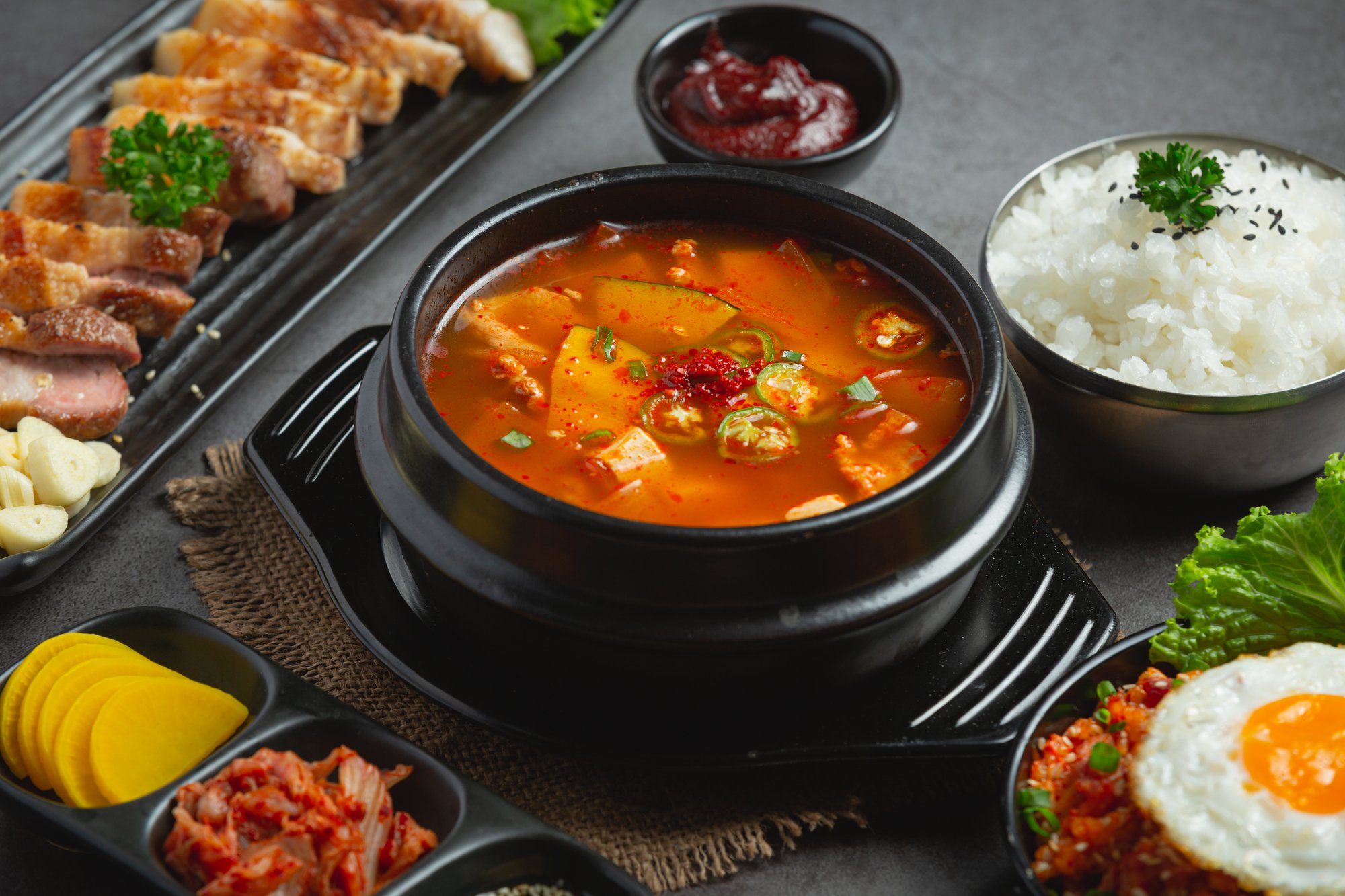
.svg)







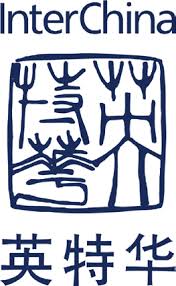



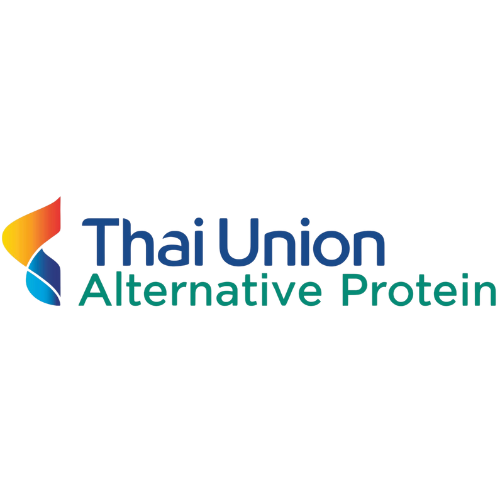































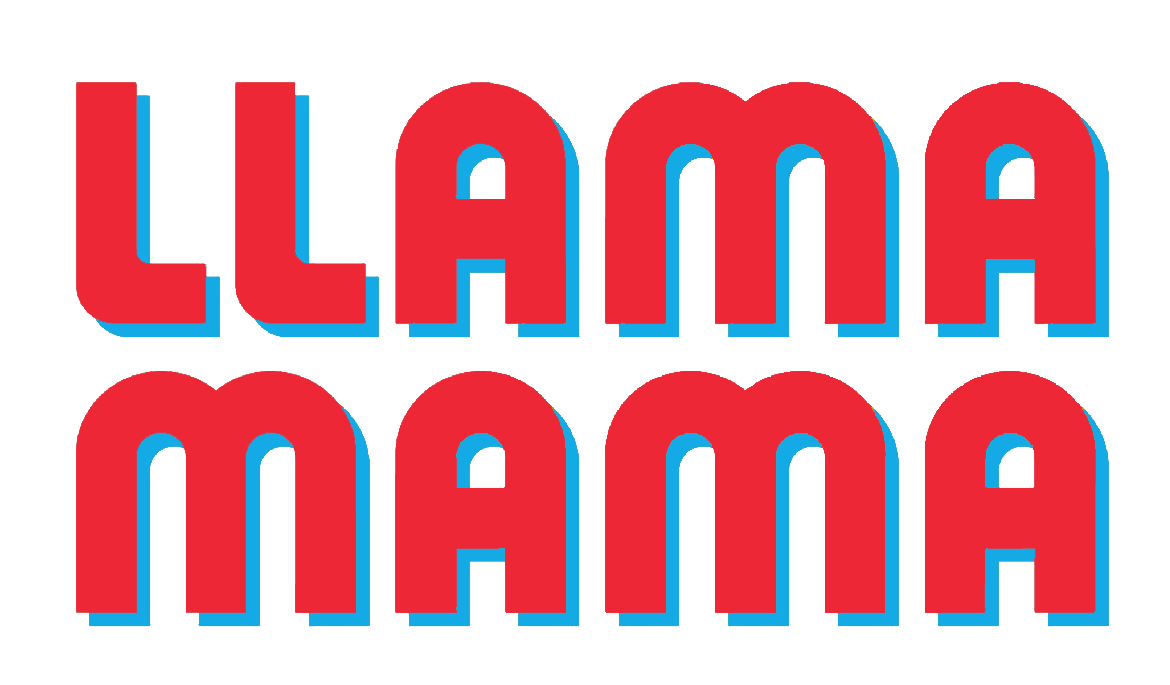







.png)






